In 2023, it commences on October 20 with Shashti, followed by Saptami on October 21, Ashtami on October 22, Navami on October 23, and Vijaydashami on October 24.
Durga Puja, an annual Hindu festival venerating Goddess Durga, holds great significance, primarily celebrated by the Bengali community in India and worldwide, especially in the eastern regions, including West Bengal, Odisha, Jharkhand, Bihar, and Assam. This four-day festival marks the culmination of the nine-day Navratri celebration dedicated to the Goddess. In 2023, it commences on October 20 with Shashti, followed by Saptami on October 21, Ashtami on October 22, Navami on October 23, and Vijaydashami on October 24.
Durga Puja: Date
Sharadiya Navratri 2023, as per the Drik Panchang, begins on October 15 and concludes on October 24 with Durga Visarjan and Vijaya Dashami celebrations. The Pratipada Tithi of Ashwin month starts on October 14 and ends on October 16, officially marking the commencement of Sharadiya Navratri on October 15.
The festival unfolds with reverence to different forms of the Goddess each day. On October 20, Devi Katyayani is worshiped, and in Bengal, Assam, Odisha, and parts of Bihar, the unmasking of Durga Pratima occurs. October 21, known as Saptami, is dedicated to Devi Kalratri, and October 22, or Durga Ashtami, is devoted to Devi Mahagauri. October 23 concludes Navratri 2023 with the worship of Devi Siddhidatri on Maha Navami. October 24 marks the end of the nine-day fast, and people celebrate Durga Visarjan and Vijayadashami.
Durga Puja: History, Significance
Durga Puja's history and significance are deeply rooted in Hindu mythology. The Goddess Durga, Lord Shiva's consort, is revered during this festival. It commemorates her victory over the demon Mahishasura, who believed he was invincible and that no woman could defeat him.
The preparations for Durga Puja commence with Mahalaya, marking the last day of the dark fortnight (Krishnapaksha) of Ashvin month in the Hindu lunar calendar. During Durga Puja, the Goddess is believed to visit her 'paternal house' on Earth, accompanied by her children, Lord Ganesh, Lord Kartik, Goddess Lakshmi, and Goddess Saraswati.
Ghatasthapana is a pivotal ceremony that inaugurates the festivities. Durga Puja transcends mere religious significance; it is a cultural extravaganza. Bengalis fast during the day and relish feasts at night. Food vendors offering authentic Bengali cuisine gather around the puja pandals. Inside the pandal, vegetarianism is typically observed, especially during devotional activities.
The Goddess's 'bhog' (offering) is also vegetarian and includes delectable items like khichdi, fritters, mixed vegetable sabji, and tomato chutney. The celebration is accompanied by dance, music, recitations, arts, and even light sports events. People don their finest attire, and the atmosphere is brimming with fervor and enthusiasm. Durga Puja isn't just a religious event; it's a grand celebration that blends spirituality with culture and merriment.
![submenu-img]() Men in this Indian village have two wives, living under one roof due to…
Men in this Indian village have two wives, living under one roof due to…![submenu-img]() Meet Allah Ghazanfar, Afghanistan's 18-year-old mystery spinner who destroyed South African batting in 1st ODI
Meet Allah Ghazanfar, Afghanistan's 18-year-old mystery spinner who destroyed South African batting in 1st ODI![submenu-img]() Fired techie LinkedIn post goes viral, shares his 'survival' story after working as Swiggy delivery agent
Fired techie LinkedIn post goes viral, shares his 'survival' story after working as Swiggy delivery agent![submenu-img]() Not Soham Shah, but this actor was leading Tumbbad, took no money, gave two months, then hurled abuses on director for..
Not Soham Shah, but this actor was leading Tumbbad, took no money, gave two months, then hurled abuses on director for..![submenu-img]() IND vs BAN 1st Test: Predicted playing XIs, live streaming, pitch report and weather forecast of Chennai
IND vs BAN 1st Test: Predicted playing XIs, live streaming, pitch report and weather forecast of Chennai![submenu-img]() IND vs BAN Pitch Report: तेज गेंदबाज या स्पिनर्स, चेन्नई में किसका चलेगा सिक्का? जानें भारत-बांग्लादेश टेस्ट की पिच रिपोर्ट
IND vs BAN Pitch Report: तेज गेंदबाज या स्पिनर्स, चेन्नई में किसका चलेगा सिक्का? जानें भारत-बांग्लादेश टेस्ट की पिच रिपोर्ट![submenu-img]() Mathura Train Accident: मथुरा में डिरेल हुई मालगाड़ी, Delhi-Agra ट्रैक पर ठप हुआ रेल यातायात, साजिश की आशंका में जांच शुरू
Mathura Train Accident: मथुरा में डिरेल हुई मालगाड़ी, Delhi-Agra ट्रैक पर ठप हुआ रेल यातायात, साजिश की आशंका में जांच शुरू![submenu-img]() होप, रिजेक्शन, फिर Swiggy बनी सहारा... दिल छू लेगी इस सॉफ्टवेयर इंजीनियर की कहानी
होप, रिजेक्शन, फिर Swiggy बनी सहारा... दिल छू लेगी इस सॉफ्टवेयर इंजीनियर की कहानी![submenu-img]() आधार, PAN और राशन कार्ड सबकुछ फर्जी... मेजर बनकर शख्स ने 14 लड़कियों को यूं फंसाया
आधार, PAN और राशन कार्ड सबकुछ फर्जी... मेजर बनकर शख्स ने 14 लड़कियों को यूं फंसाया![submenu-img]() Pakistan की अपने ही घर में छीछालेदर, अफगान डिप्लोमैट ने इस क�ाम के लिए खड़े होने से किया इंकार, देखें Video
Pakistan की अपने ही घर में छीछालेदर, अफगान डिप्लोमैट ने इस क�ाम के लिए खड़े होने से किया इंकार, देखें Video![submenu-img]() Ford to return to India after 2 years with reopening of....
Ford to return to India after 2 years with reopening of....![submenu-img]() Maruti Suzuki launches new Swift CNG, check price, mileage, other features
Maruti Suzuki launches new Swift CNG, check price, mileage, other features![submenu-img]() ‘30 LPA, 3BHK, no in-laws’: Woman earning Rs 1.32 lakh salary lists demands for future husband, netizens say...
‘30 LPA, 3BHK, no in-laws’: Woman earning Rs 1.32 lakh salary lists demands for future husband, netizens say...![submenu-img]() In a big EV push, Centre launches Rs 10900 crore PM E-Drive scheme to replace…
In a big EV push, Centre launches Rs 10900 crore PM E-Drive scheme to replace…![submenu-img]() World’s longest car has helipad, swimming pool, mini-golf course, can seat over…; it cost…
World’s longest car has helipad, swimming pool, mini-golf course, can seat over…; it cost…![submenu-img]() Meet man, who secured record-breaking package, not from IIT, IIM, NIT, his salary is...
Meet man, who secured record-breaking package, not from IIT, IIM, NIT, his salary is...![submenu-img]() Meet India's first billionaire, who controlled 25% of world's GDP, had 50 Rolls-Royce, way richer than Mukesh Ambani
Meet India's first billionaire, who controlled 25% of world's GDP, had 50 Rolls-Royce, way richer than Mukesh Ambani![submenu-img]() IAS vs IPS: Who earns more? Differences in power, role, responsibilities
IAS vs IPS: Who earns more? Differences in power, role, responsibilities![submenu-img]() Meet boy who got record-breaking salary package from Google, was former Amazon employee, not from IIT, IIM…
Meet boy who got record-breaking salary package from Google, was former Amazon employee, not from IIT, IIM…![submenu-img]() Meet man who became IPS, then cracked UPSC to become IAS officer with AIR 52, is now DM of...
Meet man who became IPS, then cracked UPSC to become IAS officer with AIR 52, is now DM of...![submenu-img]() Delhi New CM: Why Delhi CM Atishi Marlena Singh Dropped Her Middle Name, Fascinating Story Behind It
Delhi New CM: Why Delhi CM Atishi Marlena Singh Dropped Her Middle Name, Fascinating Story Behind It![submenu-img]() Haryana Assembly Election 2024: Congress Announces Seven Guarantees, Check Full List Here I Politics
Haryana Assembly Election 2024: Congress Announces Seven Guarantees, Check Full List Here I Politics![submenu-img]() Lebanon Pager Explosion Update: 8 Killed, 2,750 Injured; Hezbollah Blames Israel For Pager Attack
Lebanon Pager Explosion Update: 8 Killed, 2,750 Injured; Hezbollah Blames Israel For Pager Attack![submenu-img]() Pakistani Intruder Shot Dead By BSF Along International Border In Amritsar, Punjab
Pakistani Intruder Shot Dead By BSF Along International Border In Amritsar, Punjab![submenu-img]() Kolkata Doctor Case: Protesting Doctors React After CBI Arrests Sandip Ghosh And Abhijit Mondal
Kolkata Doctor Case: Protesting Doctors React After CBI Arrests Sandip Ghosh And Abhijit Mondal![submenu-img]() Gautam Adani breaks silence on reports of Kenya Airport Authority accepting his company's proposal in 17 days
Gautam Adani breaks silence on reports of Kenya Airport Authority accepting his company's proposal in 17 days![submenu-img]() Mukesh Ambani's gift for Reliance customers, 1-year Jio AirFiber connection for free but on one condition
Mukesh Ambani's gift for Reliance customers, 1-year Jio AirFiber connection for free but on one condition![submenu-img]() Deepika Padukone buys 1845 sq ft apartment near her mother-in-law's house in Mumbai, it worth Rs...
Deepika Padukone buys 1845 sq ft apartment near her mother-in-law's house in Mumbai, it worth Rs...![submenu-img]() Meet man, who got Rs 30 crore salary hike, leads Rs 1572 crore company that once offered job to Ratan Tata, he is...
Meet man, who got Rs 30 crore salary hike, leads Rs 1572 crore company that once offered job to Ratan Tata, he is...![submenu-img]() Mukesh Ambani buys India’s first Boeing 737 MAX 9, it’s priced over Rs…
Mukesh Ambani buys India’s first Boeing 737 MAX 9, it’s priced over Rs…![submenu-img]() Meet actor who became superstar with blockbuster debut, signed 47 films in 11 days; never gave another hit, is now...
Meet actor who became superstar with blockbuster debut, signed 47 films in 11 days; never gave another hit, is now...![submenu-img]() 7 unsung women scientists whose discoveries changed the world
7 unsung women scientists whose discoveries changed the world![submenu-img]() This controversial film was banned during Emergency, prints were burnt, was reshot but...
This controversial film was banned during Emergency, prints were burnt, was reshot but...![submenu-img]() 10 amazing images captured by Hubble Space Telescope
10 amazing images captured by Hubble Space Telescope![submenu-img]() From Kilimanjaro National Park to Aldabra Atoll: 7 UNESCO world heritage sites that have high entry fees
From Kilimanjaro National Park to Aldabra Atoll: 7 UNESCO world heritage sites that have high entry fees![submenu-img]() Mpox Scare: Man tests positive in Kerala after returning from...
Mpox Scare: Man tests positive in Kerala after returning from...![submenu-img]() Indus Water Treaty: India serves formal notice to Pakistan, seeking...
Indus Water Treaty: India serves formal notice to Pakistan, seeking...![submenu-img]() 'One Nation, One Election' approved by Centre: What it means for India's election system?
'One Nation, One Election' approved by Centre: What it means for India's election system?![submenu-img]() Kolkata doctor rape-murder case: TMC MP Abhishek Banerjee demands CBI's..., says...
Kolkata doctor rape-murder case: TMC MP Abhishek Banerjee demands CBI's..., says...![submenu-img]() Union Cabinet approves 'One Nation, One Election' proposal, Bill likely in winter session
Union Cabinet approves 'One Nation, One Election' proposal, Bill likely in winter session
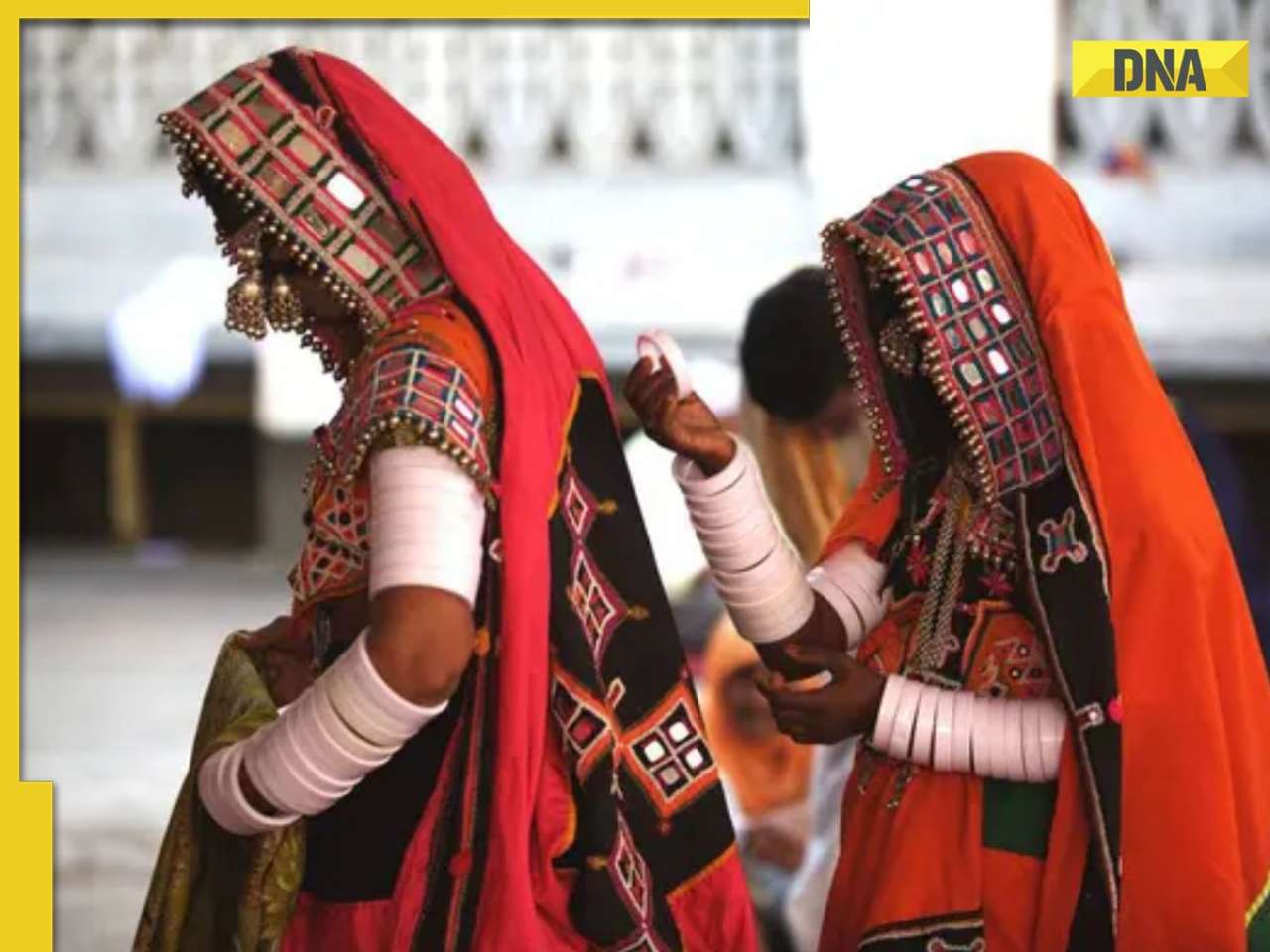
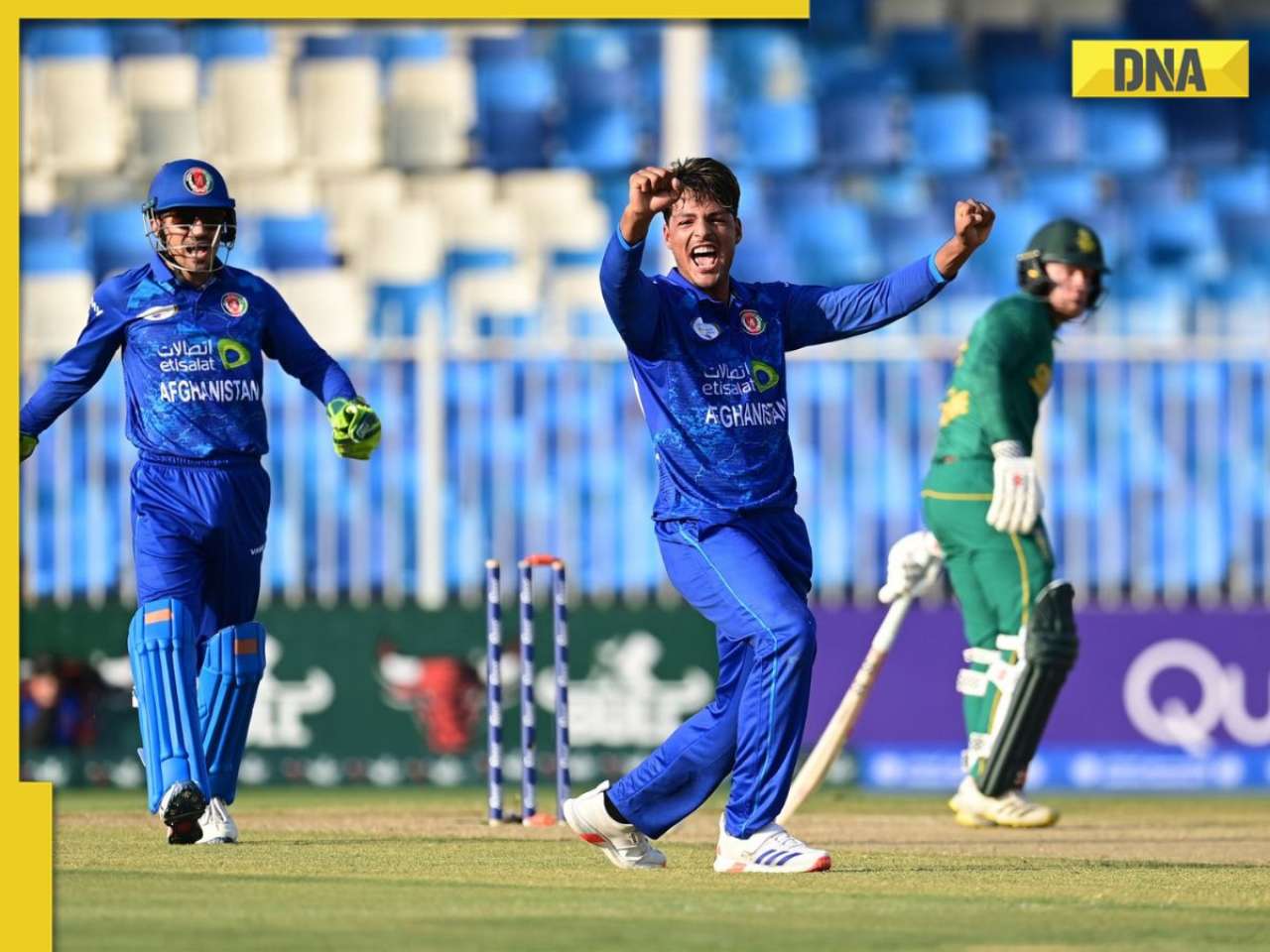
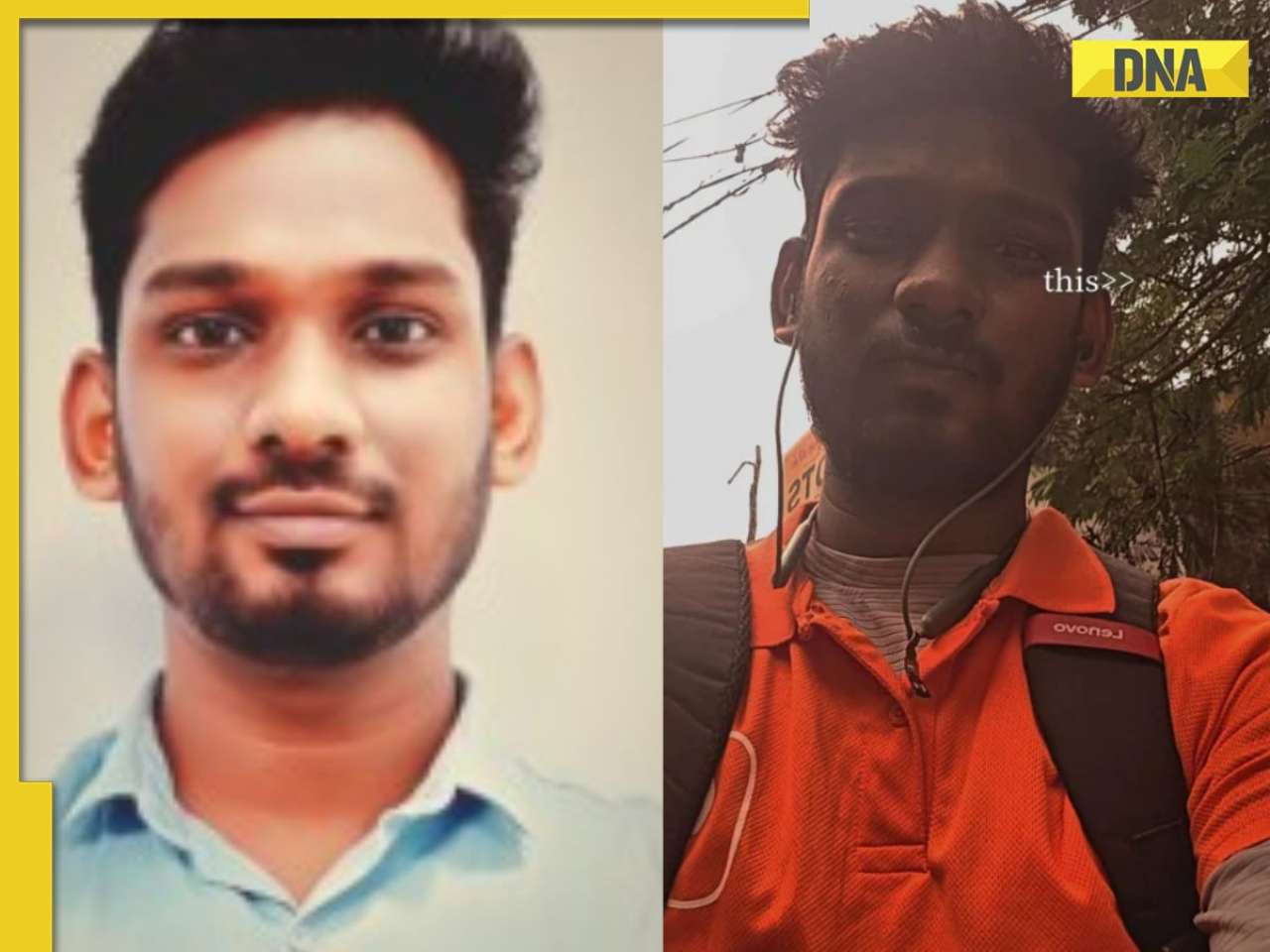

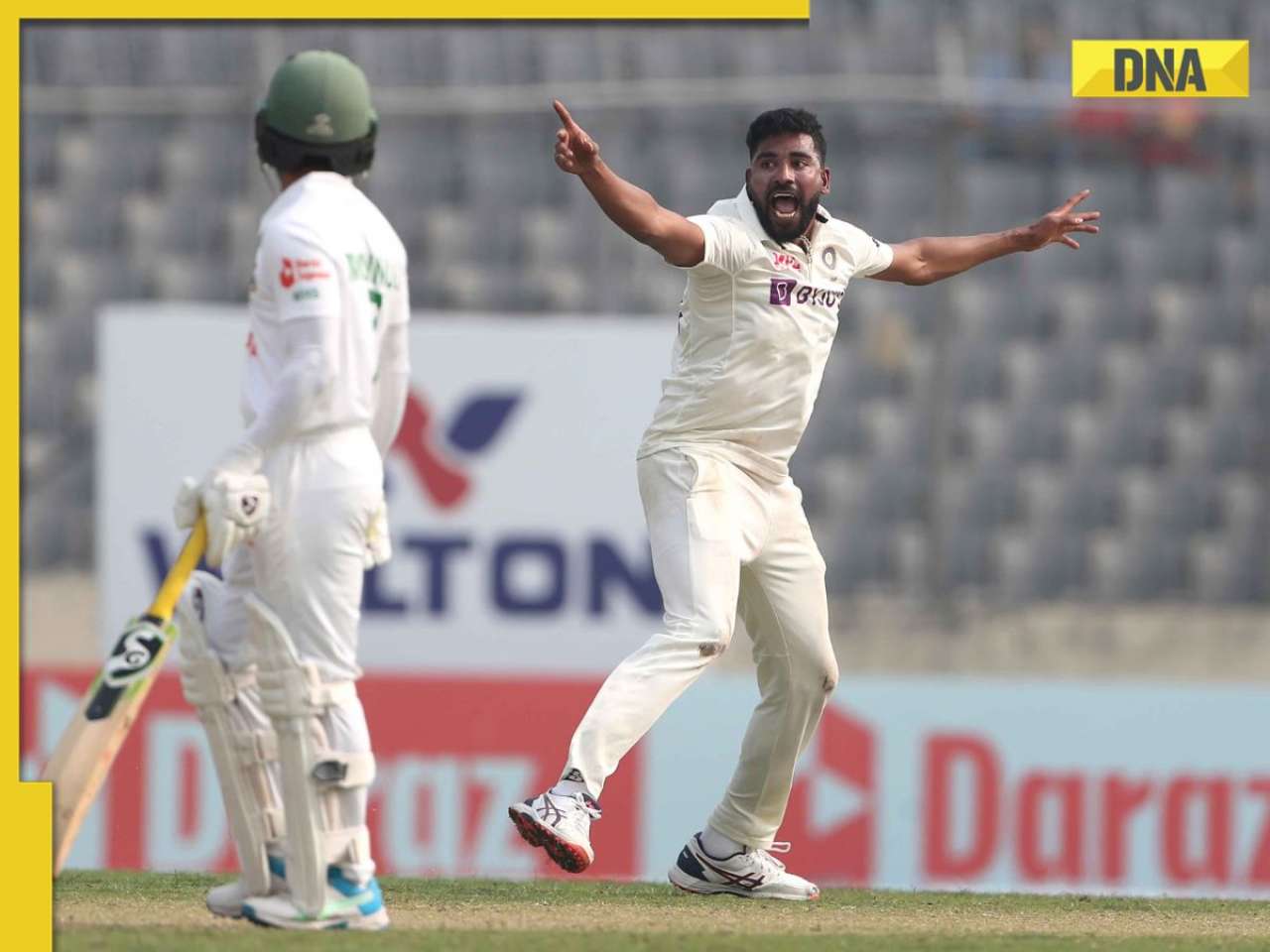





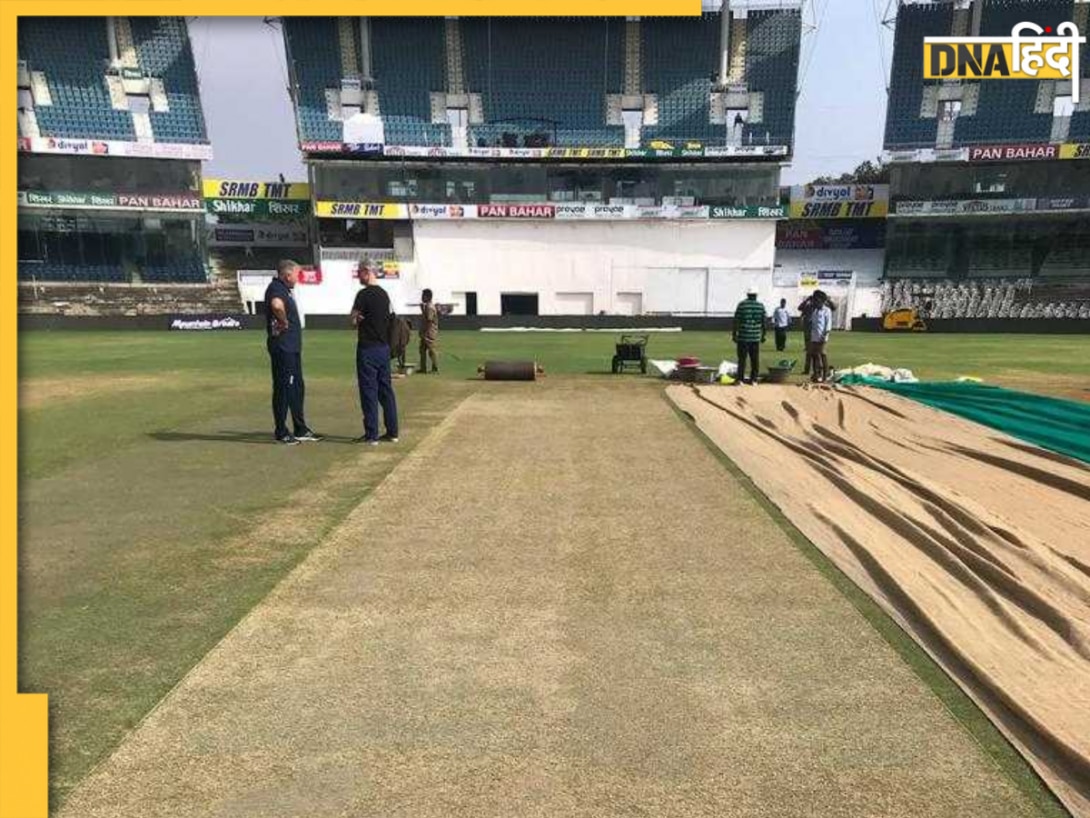

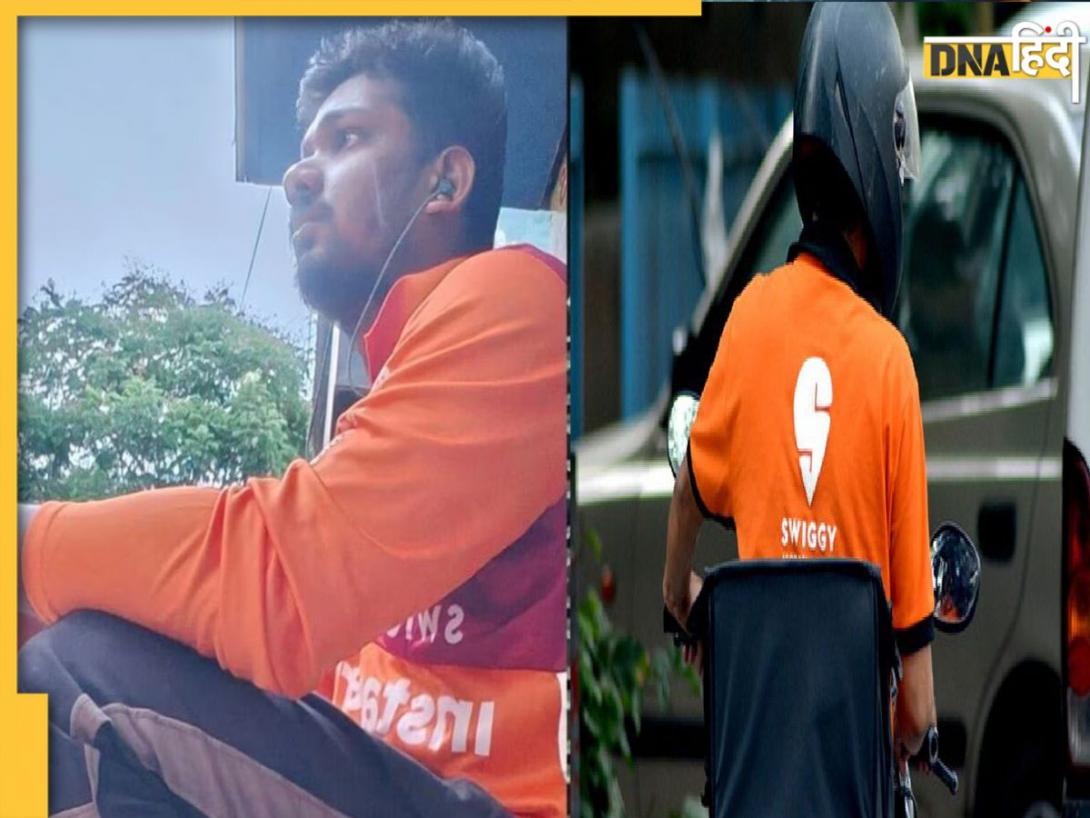








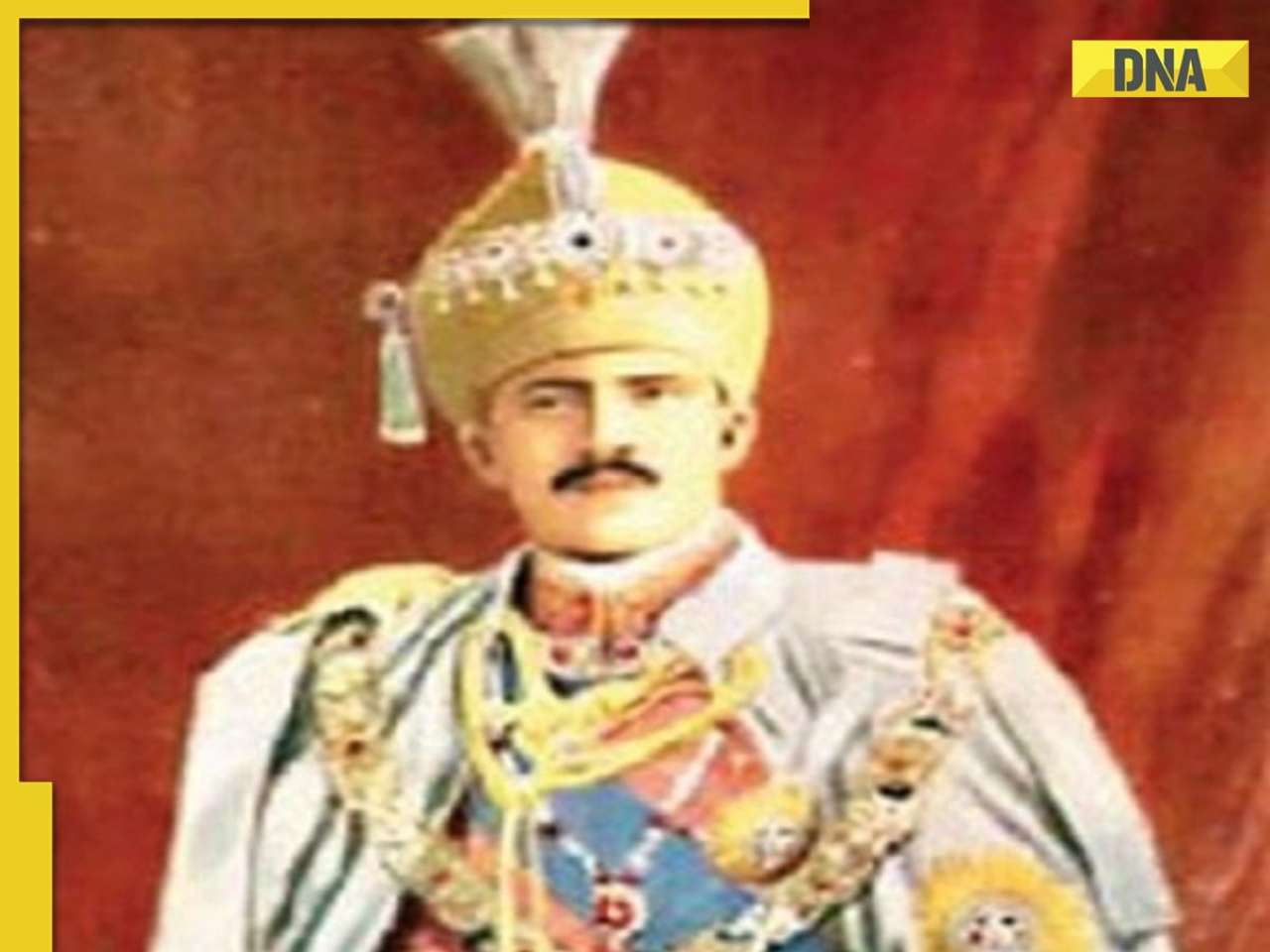


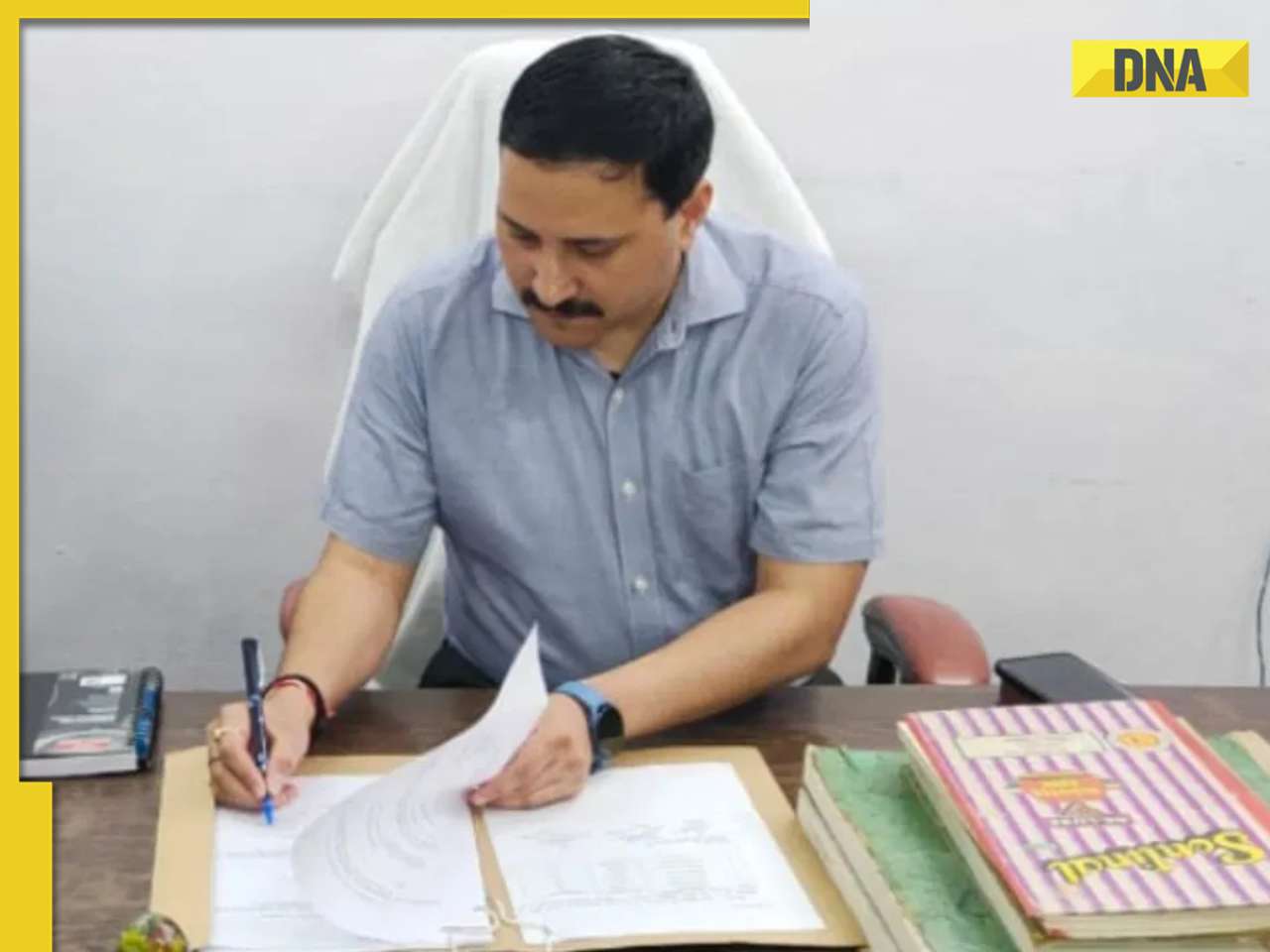
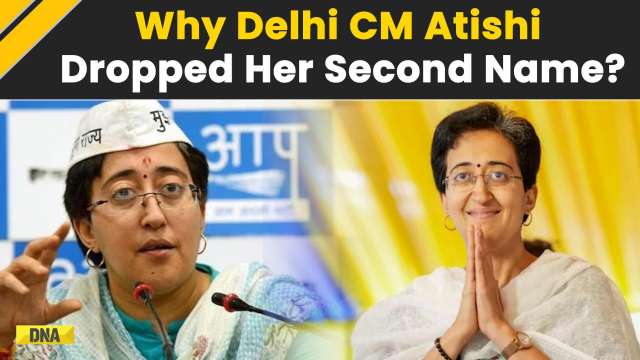




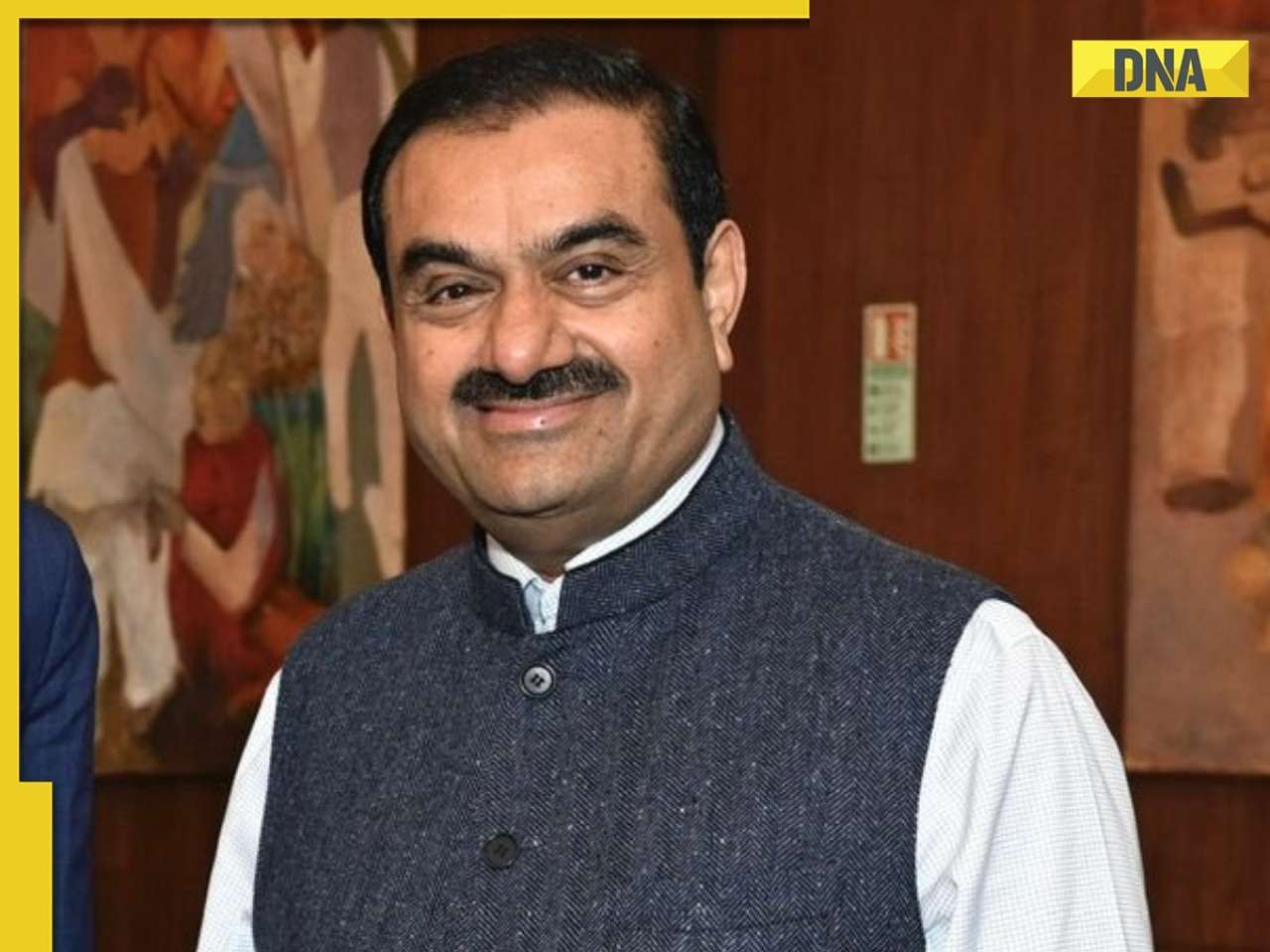


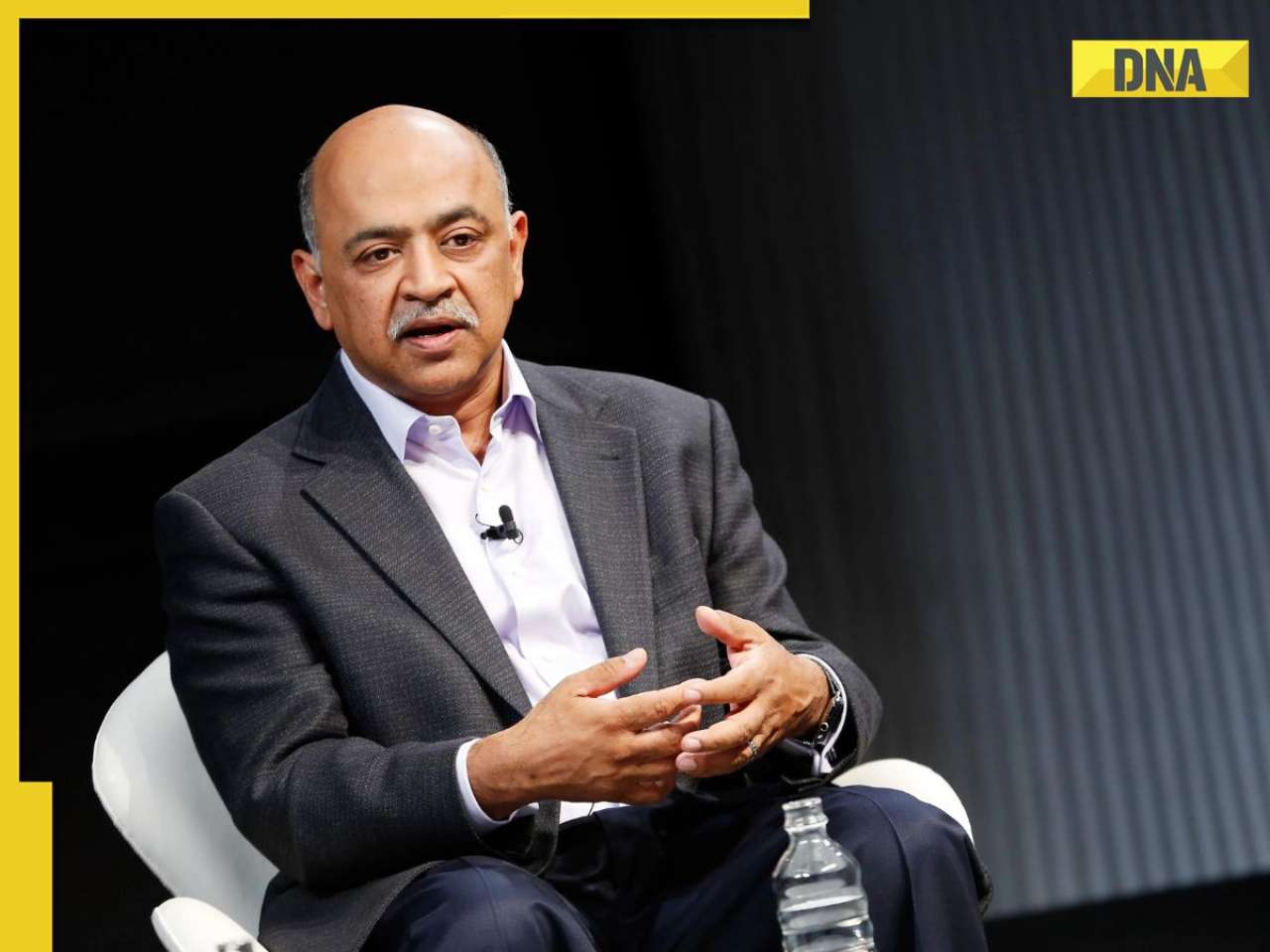



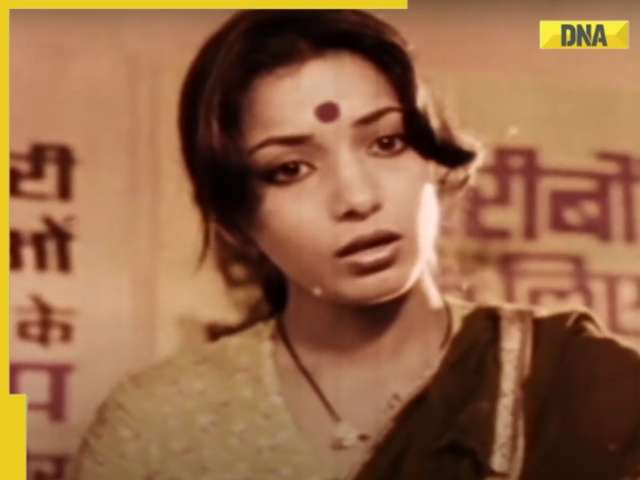




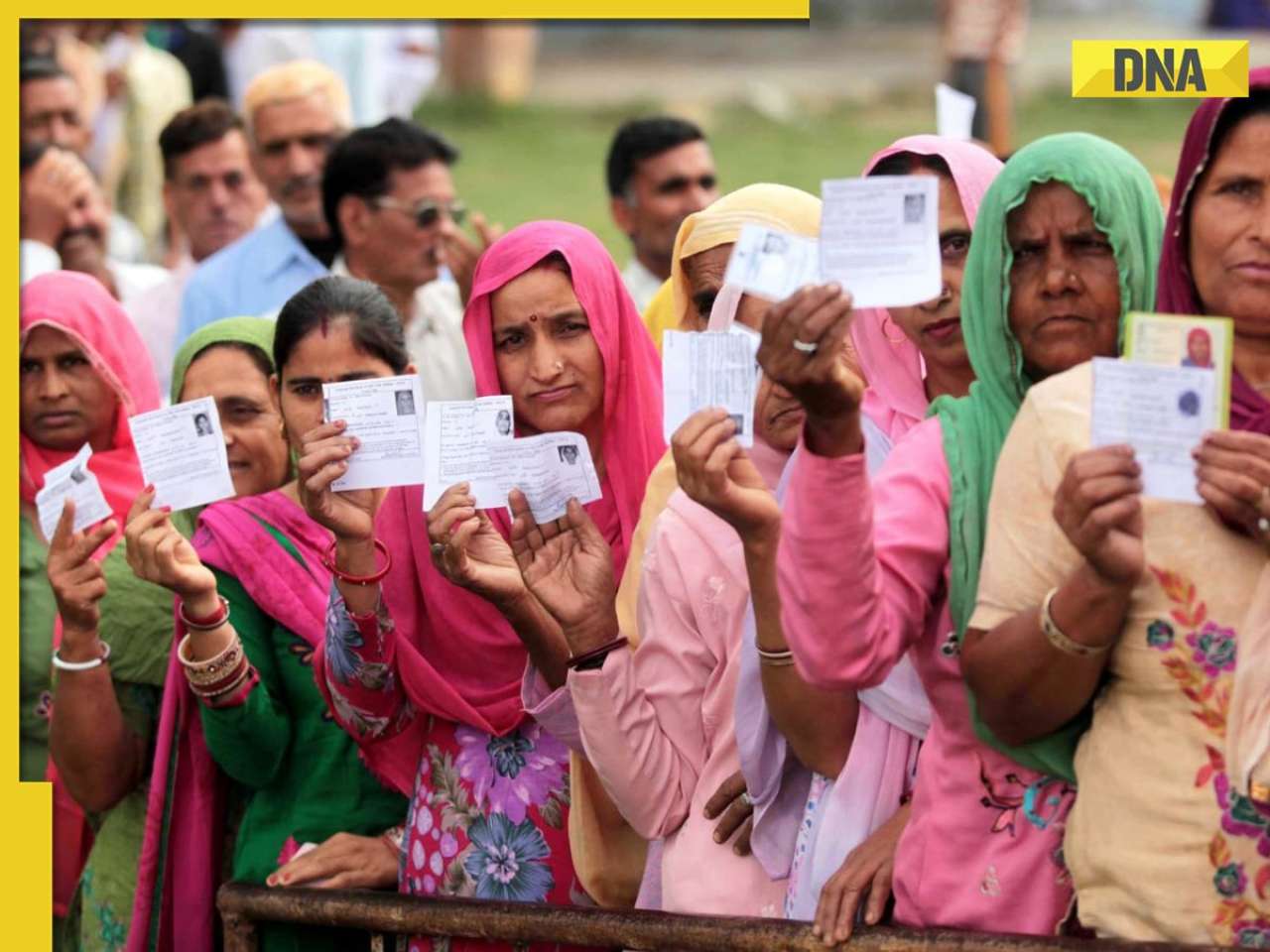

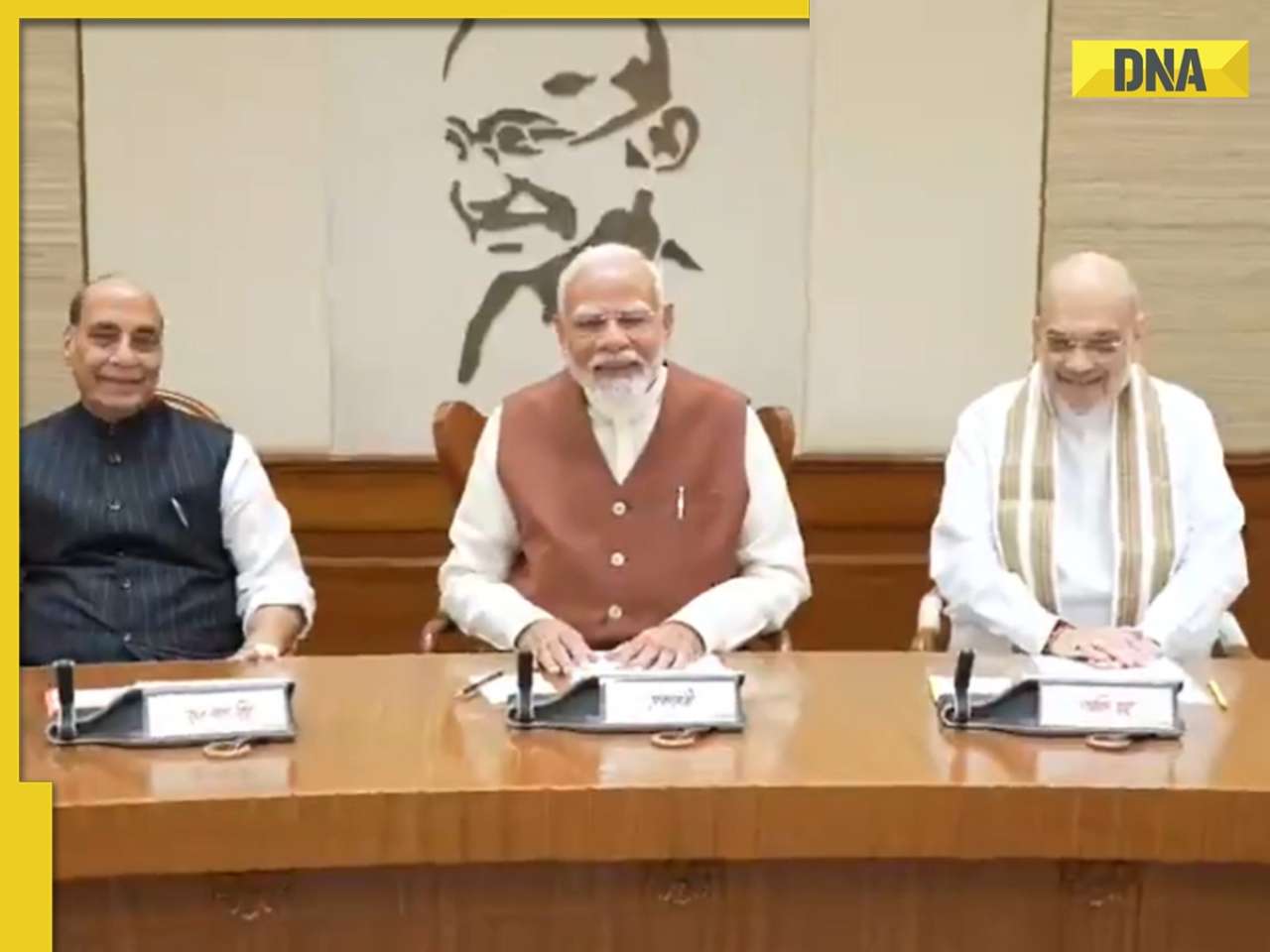

)
)
)
)
)
)
)
)
)
)
)
)
)
)
)





)
)
)
)
)
)